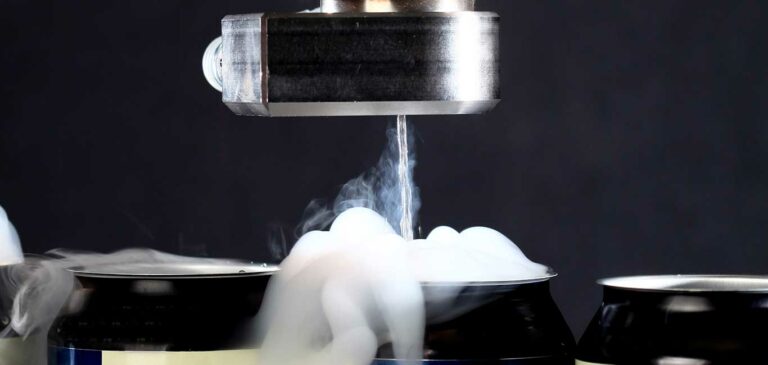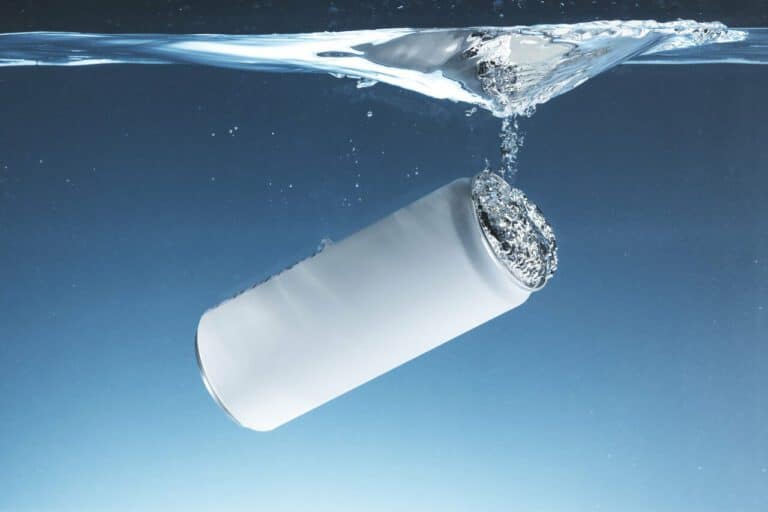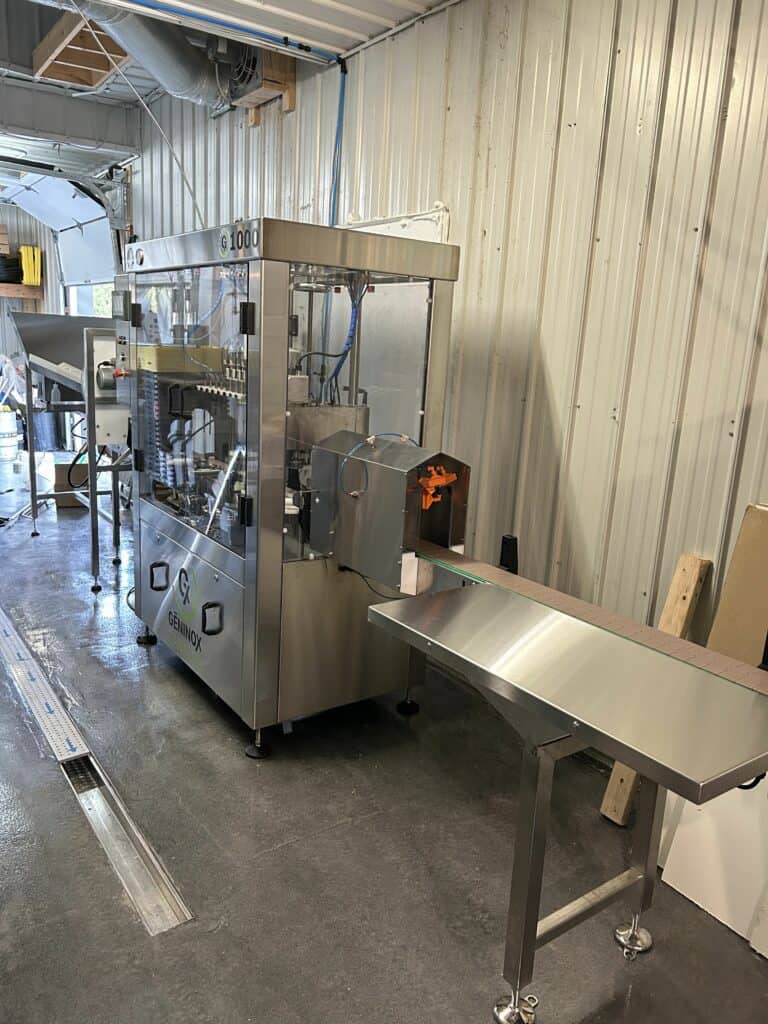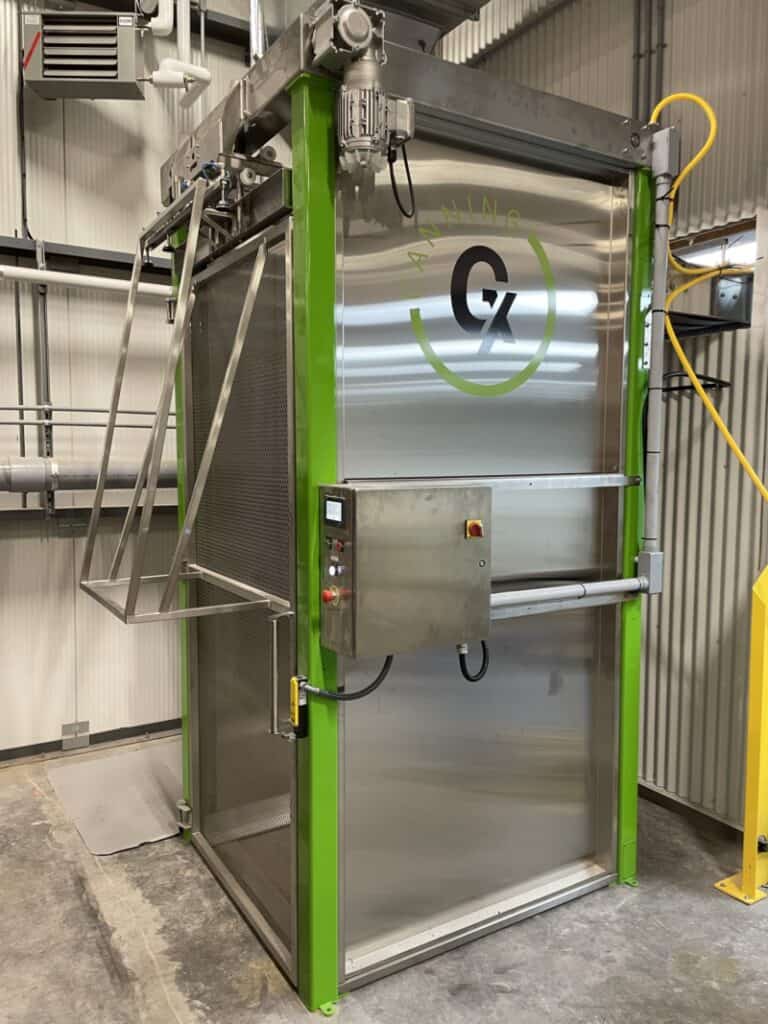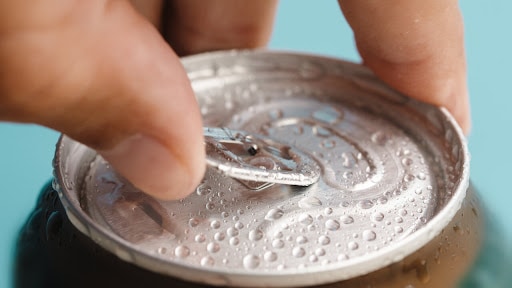How is The Shelf Life of Canned Liquids Determined, and What Factors Affect It?
Cans have long been a convenient and popular choice for preserving various beverage products. From canned juices and soft drinks to alcoholic drinks like beer, vodka, and wine, these sealed containers have revolutionized the way we store and consume liquids. Have you ever wondered how the shelf life of canned liquids is determined and what factors come into play when determining how long these products can stay safe for consumption? In this blog post, we delve into the fascinating world of canned liquids and explore the science behind their shelf life.
What is The Average Shelf Life of a Canned Liquid?
The average shelf life of a canned liquid can vary depending on factors such as the type of liquid, the processing methods used, and the storage conditions. Generally, canned liquids such as juices, soft drinks, and carbonated beverages have a shelf life of approximately 1 to 2 years when stored in a cool, dry place.
However, certain factors like acidity, preservatives, and packaging materials can extend or shorten this duration. It’s crucial to check the expiration date on the can and follow proper storage guidelines to ensure the safety and quality of any product you consume.
Importance of Shelf Life for Canned Liquids
Shelf life guarantees that you can confidently enjoy your favorite canned beverages without worrying about compromising your health or taste experience. It ensures that you’re always getting the best and freshest product possible.
What does it cost to get my liquid professionally canned?
Role of pH Levels in Shelf Life
pH levels play a crucial role in determining the shelf life of canned liquids. The pH scale measures acidity or alkalinity, with values ranging from 0 to 14. For canned beverages, a lower pH level indicates higher acidity, which helps preserve the product for longer periods.
The acidic nature of low-pH canned beverages inhibits bacterial growth and enzymatic activity that could lead to spoilage. Most microorganisms thrive in neutral or slightly acidic environments, so by lowering the pH level of canned liquids, manufacturers can extend their shelf life significantly. This is achieved through various methods such as adding citric acid or other natural preservatives.
pH levels also affect taste and quality. Acidity can enhance flavors and contribute to a more refreshing beverage experience. However, if the pH level becomes too low or too high, it may alter the taste negatively and compromise consumer satisfaction. Therefore, finding the right balance between preservation and taste is crucial for ensuring an optimal shelf life.
Impact of Liquid Type on Shelf Life
Different types of liquids have different effects on their shelf life in storage. Factors such as acidity levels, alcohol content, and the presence of preservatives all play a role in determining how long a canned liquid stays fresh. For example, acidic liquids like tomato juice or citrus juices tend to have a shorter shelf life compared to neutral or alkaline liquids. In this case, the high acidity levels can promote the growth of bacteria and other microorganisms, leading to spoilage.
On the other hand, alcoholic beverages such as beer or wine have a longer shelf life due to their alcohol content. Alcohol acts as a preservative by inhibiting the growth of microorganisms that cause spoilage. This allows these beverages to stay fresh for an extended period. Another factor that affects the shelf life of canned liquids is the presence of additives or preservatives. Some manufacturers add preservatives like citric acid or sodium benzoate to extend the shelf life of their products. These additives help inhibit microbial growth and maintain freshness for a longer time.
Packaging Materials and Shelf Life
Packaging materials play a role in determining the shelf life of canned liquids. The right choice of packaging solutions can help protect the contents from external factors such as light, moisture, and oxygen, which can lead to degradation and spoilage. One commonly used packaging material for canned liquids is metal cans.
These provide excellent protection against light and oxygen due to their opaque nature and tight seals. They’re also resistant to temperature changes, making them suitable for long-term storage. However, it’s important to note that acidic or highly alkaline liquids may react with metal containers over time, affecting the taste and quality of the product.
Another option for packaging canned liquids is glass bottles. Since glass provides an impermeable barrier against gases and moisture, it ensures the contents remain intact. Glass is also a versatile choice for many types of liquids because it doesn’t react with acidic or alkaline substances. However, it is very fragile and can break easily if mishandled during transportation or storage.
Plastic containers are also often used as packaging materials for canned liquids. Plastic offers flexibility in design and is lightweight compared to metal or glass and provides a good barrier against moisture. On the other hand, it may be permeable to some gases like oxygen over time. Therefore, when choosing plastic containers for canned liquids, it’s essential to consider their compatibility with the specific liquid being stored.
The basics of beer canning: everything you need to know
Factors That Influence Spoilage
The shelf life of canned liquids is determined by a combination of factors such as:
- The type of liquid: The product being canned plays a crucial role in determining its shelf life. Acidic liquids like fruit juices have a shorter shelf life compared to low-acid products.
- The processing method: High-temperature processing can kill bacteria and other microorganisms that can cause spoilage.
- Storage conditions: Factors such as temperature, humidity, and light exposure can accelerate spoilage. It is important to store canned liquids in cool and dry places away from direct sunlight. Excessive heat can promote bacterial growth and compromise the integrity of the cans. Additionally, fluctuating temperatures can lead to thermal shock, causing leaks or spoiling the contents.
Understanding Expiration Dates
A product’s expiration date provides important information about how long it will retain its quality and safety when stored properly. It’s essential to read and understand these dates to ensure you consume canned liquids within their optimal period. Exposure to extreme temperatures or improper storage conditions can hasten spoilage and shorten the lifespan of canned liquids. Additionally, certain ingredients present in some products may impact their stability over time.
What Does It Cost To Get My Liquid Professionally Canned?
Extending the Shelf Life of Canned Liquids
One important factor that affects the shelf life of canned liquids is the initial quality of the product itself. If a beverage is already contaminated or contains high levels of bacteria before being canned, it’ll have a shorter shelf life compared to a properly processed one. Storage conditions are also important and exposure to heat, light, and moisture can accelerate deterioration and compromise the taste and safety of the product.
By implementing simple preservation techniques, you can significantly prolong the freshness and taste of your favorite canned beverages. Taking these factors into account allows manufacturers to implement suitable preservation techniques to ensure that consumers can enjoy their favorite canned beverages at their best for an extended period.
Purchase Canning Equipment
At Geninox Canning, we specialize in providing small businesses and entrepreneurs with the machinery they need to put their businesses into high gear. Our state-of-the-art canning machines and accessories guarantee the best product quality and will quickly become an indispensable component of your operations.

